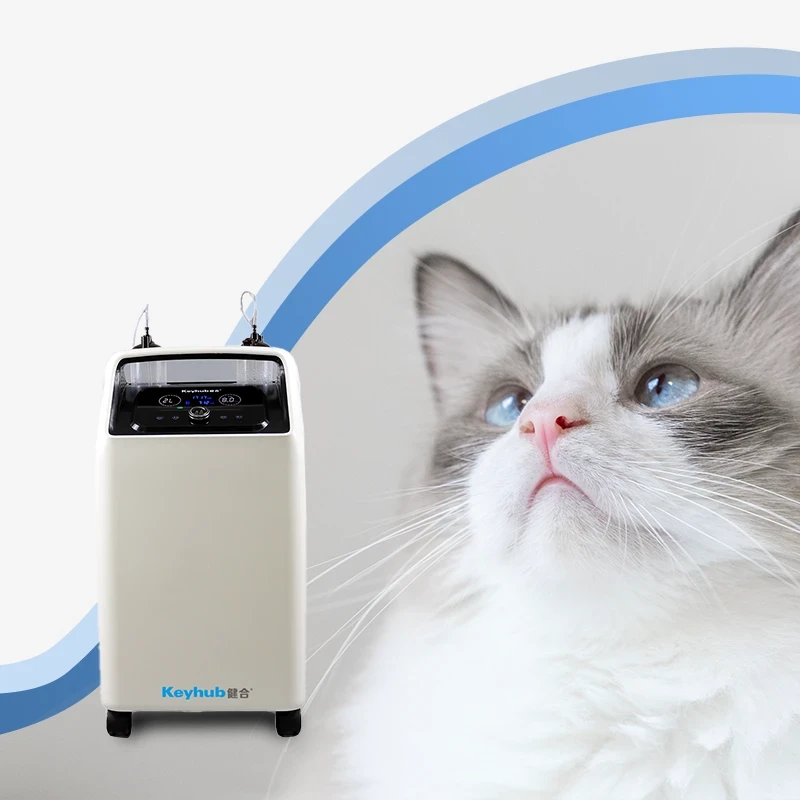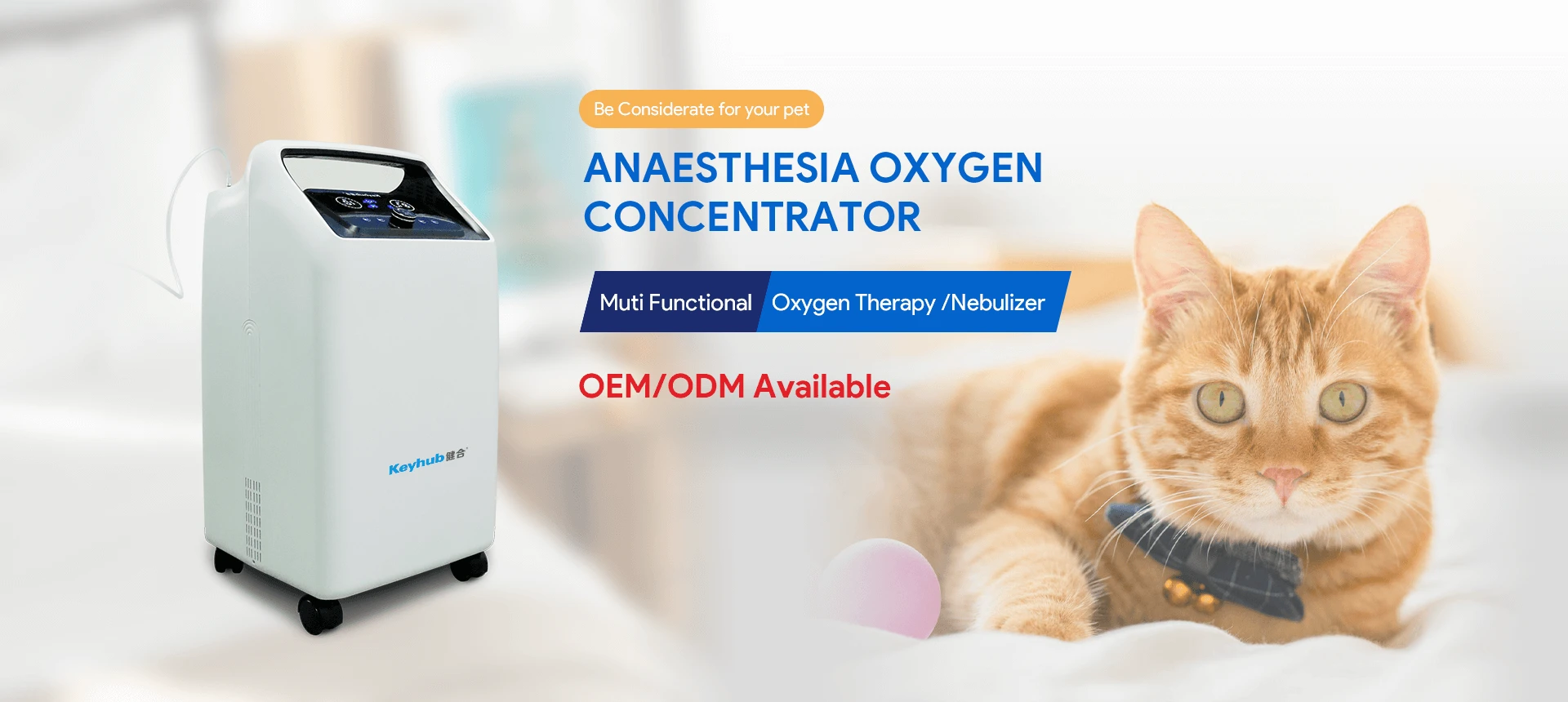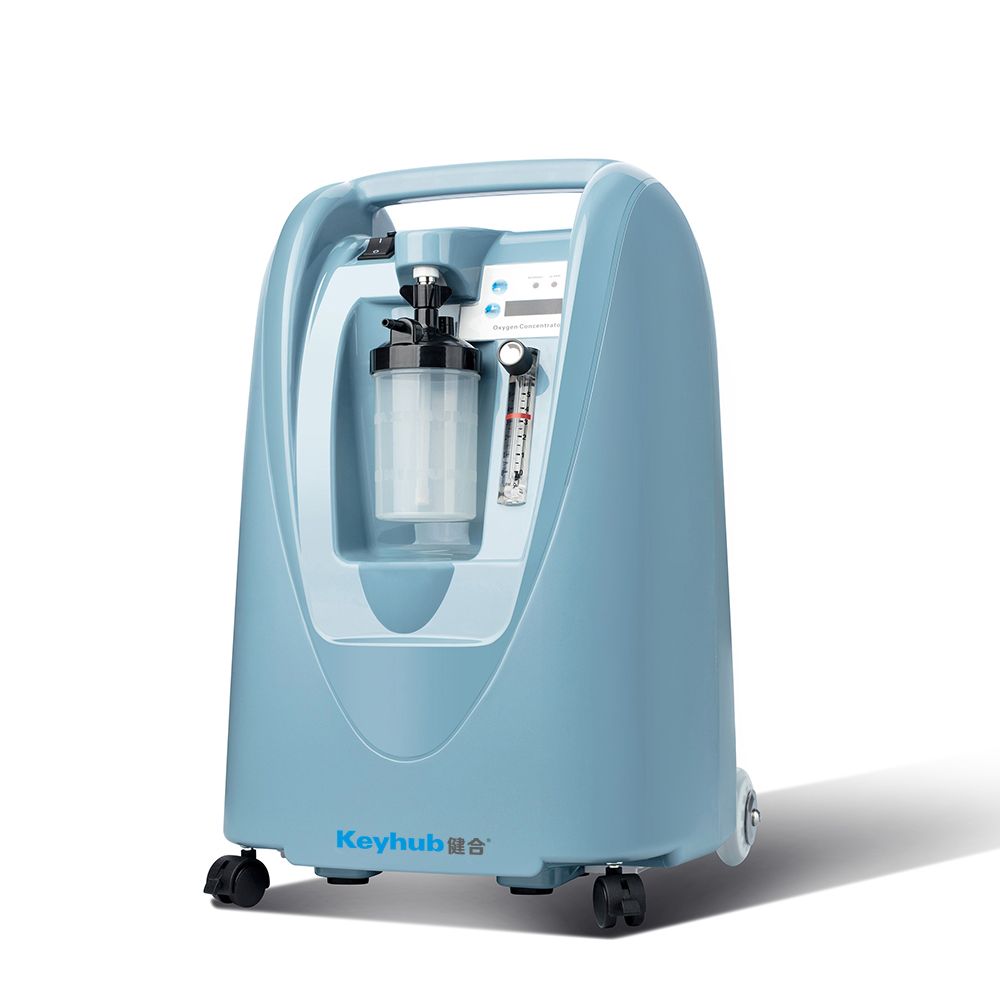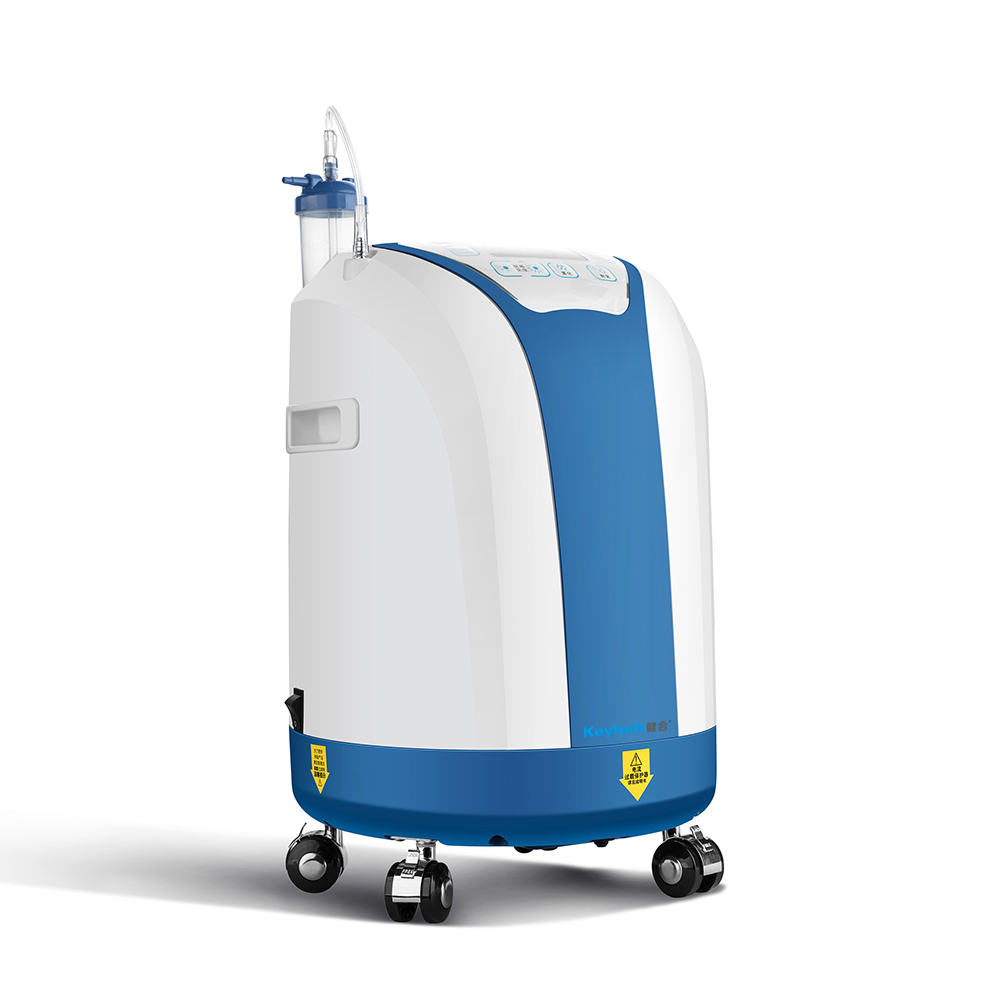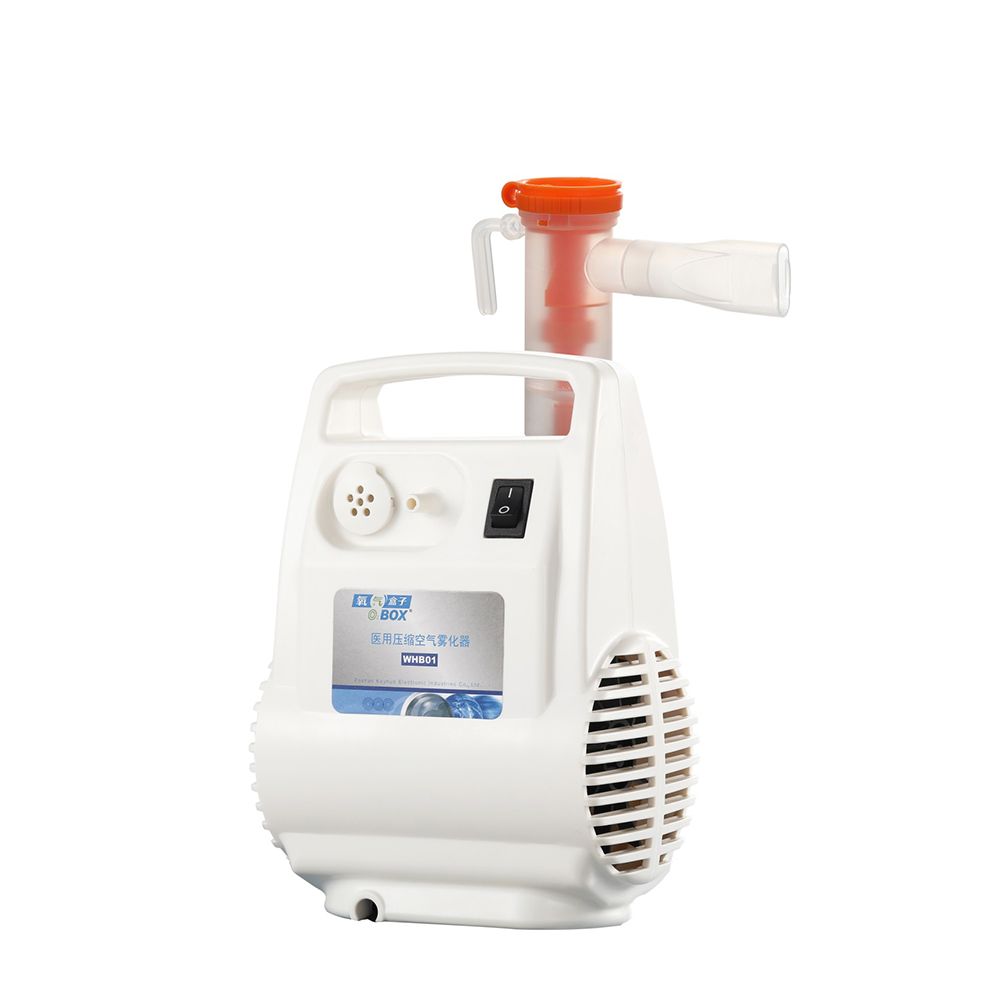Oxygen concentrators have changed veterinary clinics by providing a steady and reliable supply of oxygen, which is essential for various medical procedures and treatments. Selecting the right oxygen concentrator for your veterinary practice is crucial for ensuring optimal care for your pet.
Advantages of Using Oxygen Concentrators
Continuous Supply: Unlike traditional oxygen cylinders, concentrators provide a continuous supply of oxygen without the need for frequent refilling, reducing logistical challenges and costs.
Customization: Oxygen concentrators allow veterinarians to adjust the flow rate and concentration of oxygen, tailoring it to the specific needs of each patient. This customization ensures optimal respiratory support and minimizes the risk of complications during medical procedures.
Improved Patient Outcomes: By ensuring a continuous supply of oxygen, these devices promote better tissue oxygenation, aiding in the healing process and reducing the risk of post-operative complications. Pets treated with oxygen concentrators often experience reduced stress and improved overall well-being.
Here are the key factors to consider when choosing an oxygen concentrator for your practice.
Key Factors to Consider
1. Oxygen Output Capacity
Evaluate the average oxygen demand of your clinic. Ensure the concentrator can provide an adequate supply for all patients, especially during peak times or emergencies.
For small practices or mobile vets, a concentrator with a lower output (e.g., 5 liters per minute) may suffice. Larger practices or those dealing with critical care may require units that can deliver up to 10 liters per minute or more.
2. Portability and Space Requirements
Assess the available space in your clinic and determine whether a portable or stationary oxygen concentrator would be more suitable.
Portable models are ideal for mobile veterinary services or practices with limited space. Stationary models are better for clinics with dedicated treatment areas.
3. Ease of Use and Maintenance
Look for user-friendly interfaces and automated features that simplify operation and maintenance tasks. This can include digital displays, easy-to-read indicators, and simple controls.
Regular maintenance is essential for the longevity and efficiency of the concentrator. Choose models that offer easy access to filters and other components that require regular servicing.
4. Filtration System and Oxygen Purity
Ensure the concentrator has an efficient filtration system that removes impurities and delivers high-purity oxygen. Medical-grade concentrators typically provide oxygen at 93% purity or higher.
Consider models with built-in alarms for oxygen purity and flow safety to ensure continuous and safe operation.
5. Reliability and Warranty
Choose a reputable brand that offers a reliable product with a comprehensive warranty. This ensures long-term performance and support.
Look for warranties that cover at least three years, as this is the industry standard for high-quality medical equipment.
Considerations for Specific Needs
Emergency Care: For practices that offer emergency medical care, consider models that can handle high oxygen demands and have backup systems in place to ensure continuous operation during power outages.
Multiple Patients: If your practice frequently treats multiple patients simultaneously, choose a concentrator with a higher oxygen output capacity and multiple outlets.
Anesthesia Machines: Ensure compatibility with your existing anesthesia equipment. Some models come with specific adapters to connect directly to anesthesia machines.
Conclusion
Choosing the right oxygen concentrator for your veterinary practice involves careful consideration of your clinic's specific needs, the features of the concentrator, and the reliability of the manufacturer. By focusing on key factors such as oxygen output capacity, portability, ease of use, filtration system, and warranty, you can ensure that you select a device that will enhance patient care and improve operational efficiency.
By integrating the right oxygen concentrator into your practice, you can provide a higher level of care for your patients, ensuring better outcomes and a more efficient workflow.


